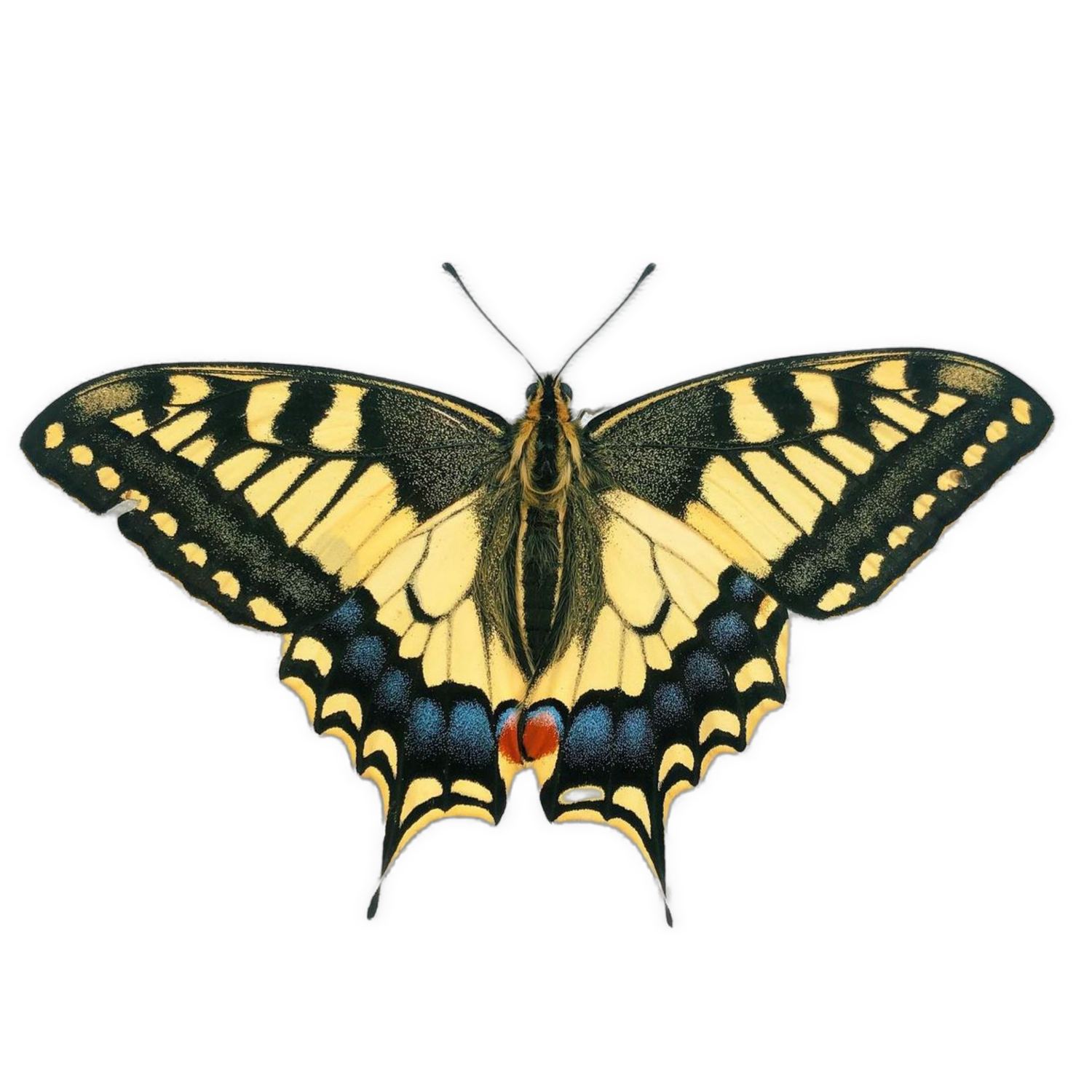Aporia crataegi EGGS
This Black-Veined White, Aporia crataegi, has gained national notoriety in the last year or two, having reappeared after being extinct in the UK for a century. This was obviously the result of deliberate introductions, but the butterflies have adapted well (unsurprising given they used to occur here, though reasons for extinction are unknown and possibly attributable to over-predation by birds) and seem to be here to stay. They feed on Hawthorn (Crataegus), from which they get their latin name crataegi, with young larvae forming a web over the colony to protect it from predation. Mature larvae tend to live singularly but often among the same tree they began life on. Rearing this species is straightforward and rewarding - made even moreso by its scarcity!
Host plants: Hawthorn and Blackthorn
Difficulty: Easy (1/10)
Temperature: Room temp.
Lifecycle: Two broods per year; second overwinter as caterpillars
This Black-Veined White, Aporia crataegi, has gained national notoriety in the last year or two, having reappeared after being extinct in the UK for a century. This was obviously the result of deliberate introductions, but the butterflies have adapted well (unsurprising given they used to occur here, though reasons for extinction are unknown and possibly attributable to over-predation by birds) and seem to be here to stay. They feed on Hawthorn (Crataegus), from which they get their latin name crataegi, with young larvae forming a web over the colony to protect it from predation. Mature larvae tend to live singularly but often among the same tree they began life on. Rearing this species is straightforward and rewarding - made even moreso by its scarcity!
Host plants: Hawthorn and Blackthorn
Difficulty: Easy (1/10)
Temperature: Room temp.
Lifecycle: Two broods per year; second overwinter as caterpillars
This Black-Veined White, Aporia crataegi, has gained national notoriety in the last year or two, having reappeared after being extinct in the UK for a century. This was obviously the result of deliberate introductions, but the butterflies have adapted well (unsurprising given they used to occur here, though reasons for extinction are unknown and possibly attributable to over-predation by birds) and seem to be here to stay. They feed on Hawthorn (Crataegus), from which they get their latin name crataegi, with young larvae forming a web over the colony to protect it from predation. Mature larvae tend to live singularly but often among the same tree they began life on. Rearing this species is straightforward and rewarding - made even moreso by its scarcity!
Host plants: Hawthorn and Blackthorn
Difficulty: Easy (1/10)
Temperature: Room temp.
Lifecycle: Two broods per year; second overwinter as caterpillars

